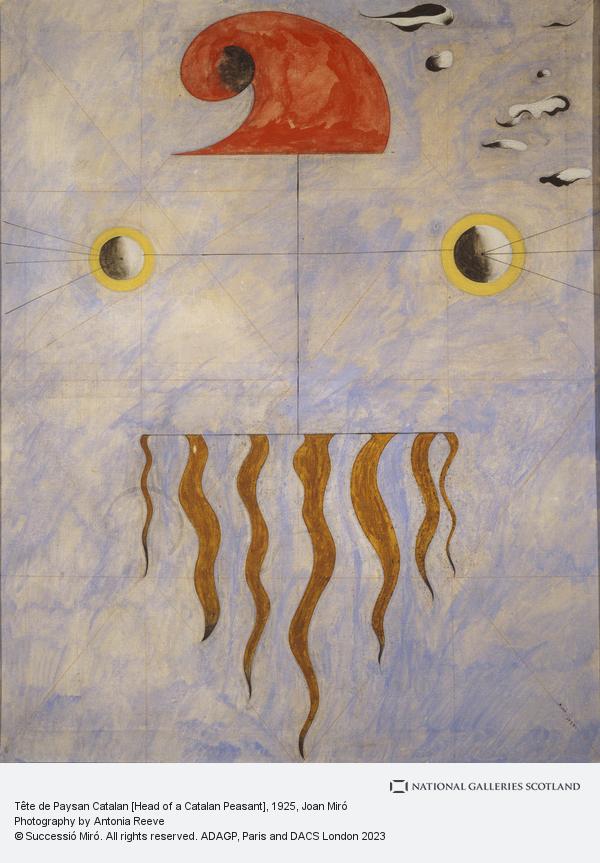The Spanish Peasant According to Surrealism: Miró and Buñuel
 Joan Miró
Joan Miró
In 1924/25 the Catalan modernist painter Joan Miró produced several drawings and paintings on the theme of the Spanish peasant. Reduced to a set of rudimentary signs, Miró’s peasant is, at the same time, a figure of elementary simplification and of visionary expansion. In many ways this dichotomy accords with Miró’s artistic vacillation between the transcendental poetics of Bretonian surrealism and his association of rural labourers with the soil and with bodily processes derived from Catalan traditions.
The contradictions of Miró’s simultaneously robust and ethereal peasant are contrasted, in the second half of this paper, with the darker ‘documentary’ vision of the peasant’s lot presented in Luis Buñuel’s film ‘Las Hurdes’ or ‘Land Without Bread’ of 1933. Following in the wake of Buñuel’s two previous surrealist films, co-authoured with Salvador Dalí, ‘Land Without Bread’ offers a pseudo- documentary account of rural dwellers isolated from the modern world and reduced to a condition of near-starvation: a conception that is not far removed from the image of Italian peasants of around the same period presented in Carlo Levi’s novel ‘Christ Stopped at Eboli’ (1945). Although the reductiveness and Bataillean ‘bassesse’ of Buñuel’s conception of his rural inhabitants might take us back to Miró, there is no redeeming dimension to his vision. This ties in with the politics of his practice. In the final analysis, Buñuel’s communist, anti-Fascist sympathies are shown to produce an alternative construction of the peasant to that produced via the imperatives of Miró’s earlier Catalanism.
David Hopkins is Professor Emeritus and Professorial Research Fellow in Art History at the University of Glasgow.
